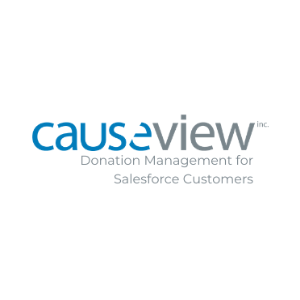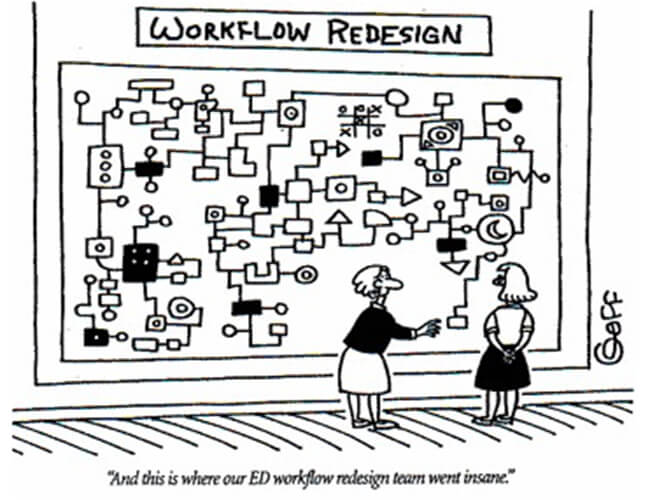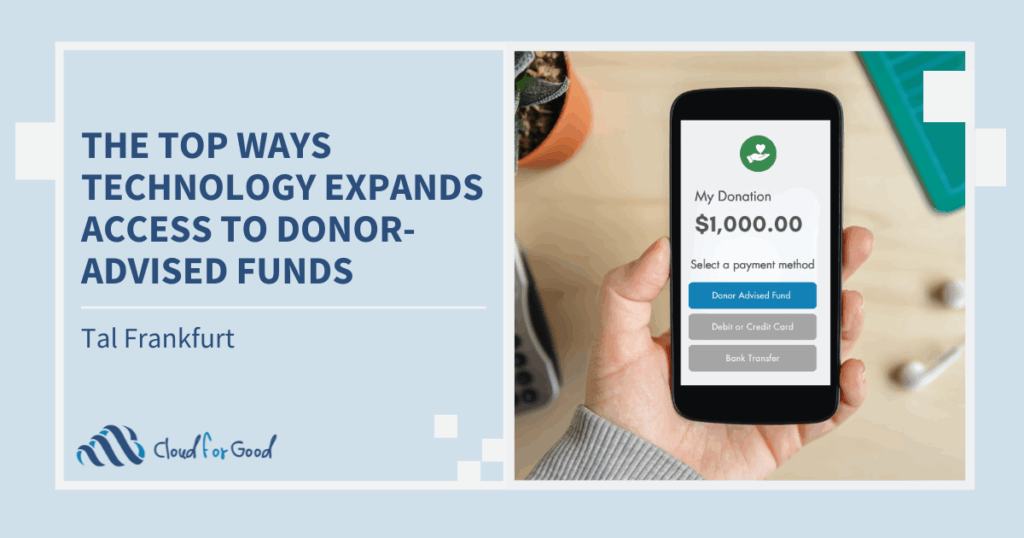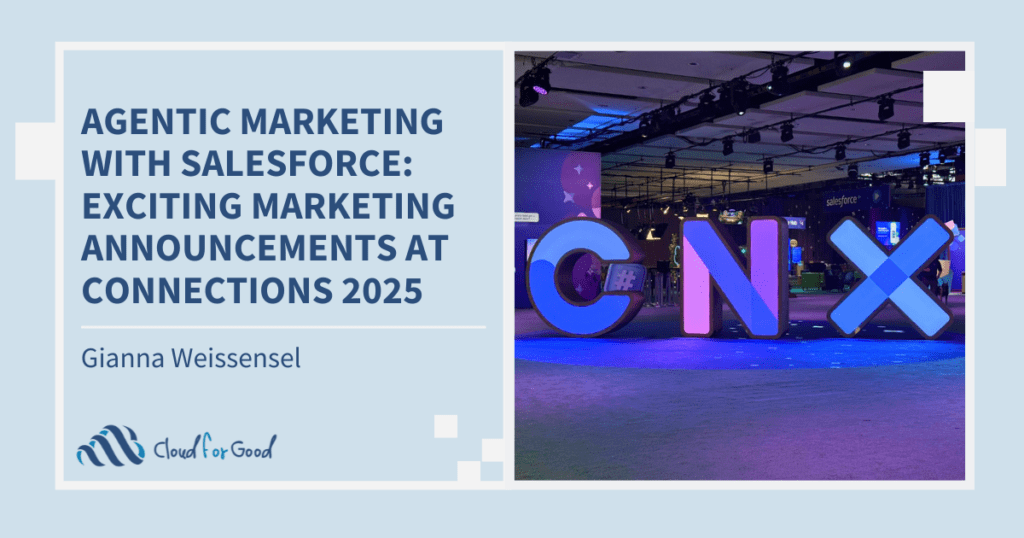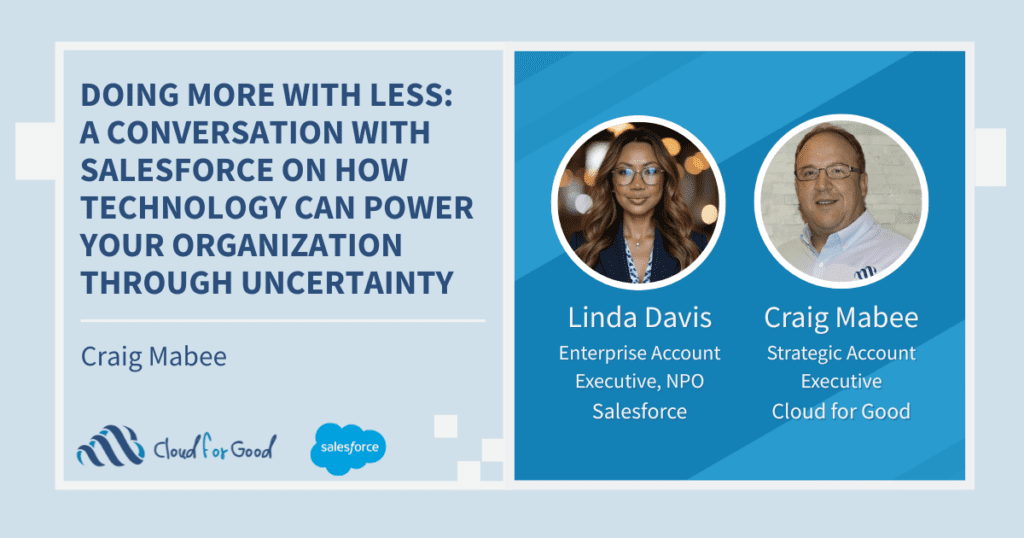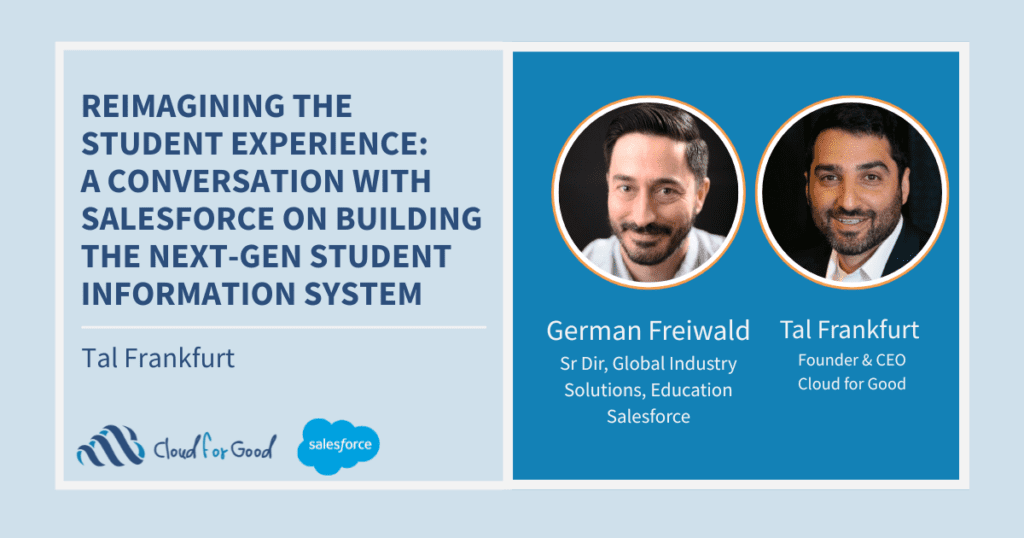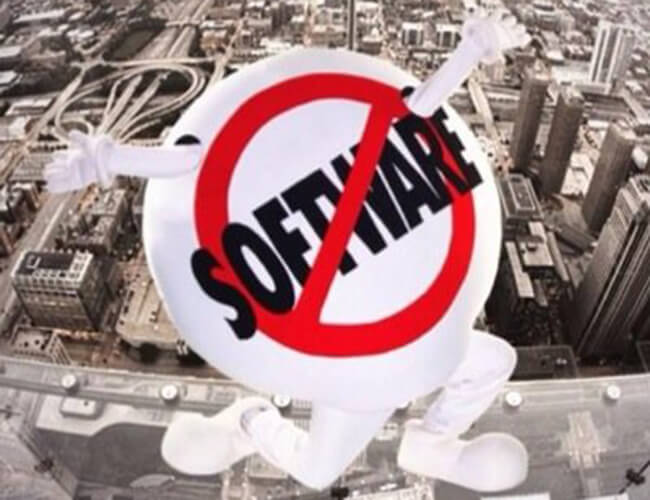
5 Reasons Why Salesforce and Your Nonprofit Were Meant For One Another
You need a partner who will be here for you today but who will continue to grow as you do. They need to be easy on the eyes for sure, but where you are in your life right now, it’s much more important that they have substance to back up their style. After seeing what Salesforce has to offer a nonprofit like you, you’re going to want to swipe right for Salesforce.




